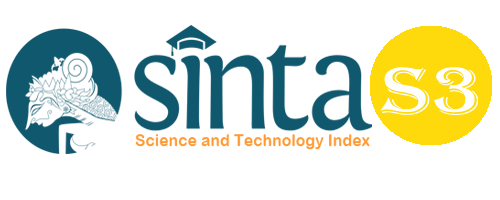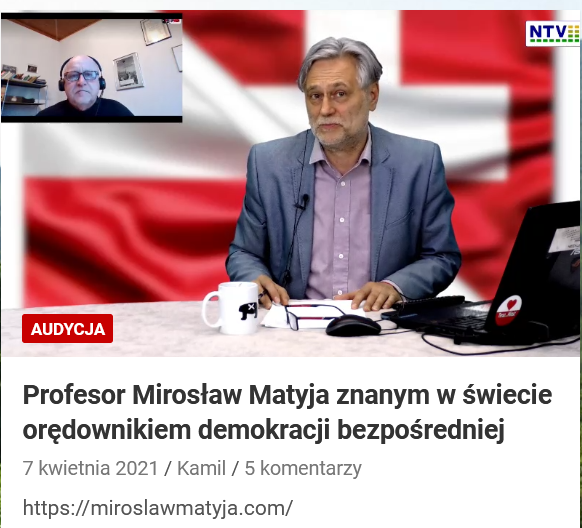Implementation of Gamification With Kahoot Platform! in Improving Student Learning Achievement UPBJJ UT Semarang
Abstract
The purpose of this research is to find out whether the learning achievements of UPBJJ UT Semarang PGSD students can be improved through the use of gamification with the Kahoot platform! integrated with Ms. Teams in Tuweb. In this study, researchers implemented Gamification with the Kahoot platform! which is used as an effort to improve learning achievement in the English learning process for elementary teachers. The subject in this study is a student of S1 PGSD Semester 1 (one) UPBJJ UT Semarang Registration Period 2021.1 Pokjar Kaliwungu Kendal number of 24 students. This study is a 2-cycle Classroom Action Research with 1 pre-test and 2 post-tests through the stages of planning, action, observation, and reflection. From the results of the study showed an increase in the learning achievement of S1 PGSD UPBJJ UT Semarang students through the use of gamification with the Kahoot platform! integrated with Ms. Teams in Tuweb. This is characterized by an average increase in the score from pre-test to post-test 1 by 27.81 points (from 47.40 to 75.21). Furthermore, there was also an average increase in the score from post-test 1 to post-test 2 by 11.35 points (from 75.21 to 86.56). Based on the findings and conclusions can be proposed that gamification with kahoot platform! Integrated with Ms. Teams in Tuweb can be used as an alternative in the implementation of the teaching and learning process in the situation of the Covid-19 pandemic that requires learning to be done online or remotely.
Keywords
Full Text:
PDFReferences
Arikunto, S. (2006). Prosedur Penelitian Suatu Pendekatan Praktik. Jakarta: Rineka Cipta.
Chevalier, J. M., &Buckles, D. J. (2013). Handbook for Participatory Action Research, Planning and Evaluation. Ottawa: SAS2 Dialogue.
Hamad, M. (2018). Use “Kahoot” to Add Excitement and Fun to Class Quiz.
Journal ofEduTech Sage.
Hamalik, O. (2004). Psikologi Belajar dan Mengajar. Bandung: Sinar Baru Algensio.
Mulyono, A.M. (2000). Kamus Besar Indonesia. Jakarta: Balai Pustaka.
Muslich, M. (2011). Melaksanakan PTK itu Mudah. Jakarta: Bumi Aksara.
Pede, J. (2017). The Effects of the Online Game Kahoot on Science Vocabulary Acquisition. Thesis. Rowan University.
Plump, C.M. & LaRosa, J. (2017). Using Kahoot! in the Classroom to Create Engagement and Active Learning: A Game-based Technology Solution for eLearning Novices. Sage Journals, Vol. 2, Issue 2.
Sardiman, A. M. (2011). Interaksi dan Motivasi Belajar Mengajar. Jakarta: Grafindo Persada.
Deterding, S., Dixon, D., Khaled, R., & Nacke,L., "From Game Design Elements to Gamefulness: Defining "Gamification"," Mindtrek, pp. 9-15, 2011.
Syah, M. (2008). Psikologi Pendidikan dengan Pendekatan Baru. Bandung: Remaja Rosdakarya.
Tucker, P.D. & Stronge, J.H. (2005). The Power of an Effective English and Why We Should Assess It. Linking Teacher Evaluation and Student Learning. Retrieved from http://www.ascd.org/publications/books/104136/chapters/The-Power-of-an-Effective-Teacher-and-Why-We-Should-Assess-It.aspx
Uno, H.B. (2011). Teori Motivasi & Pengukurannya. Jakarta: Bumi Aksara.
Wang, A.Y. & Chang, W. (2015). Developing Intercultural Awareness and Language Speaking Proficiency for Foreign Language Learners Through Cross-Cultural Voicemail Exchange. National Taichung University of Education, Taiwan Journal. Volume I. Issue 4, Pages 1-16. https://www.igi-global.com/gateway/article/61344
Winkel. W. S. (2004). Psikologi Pengajaran. Jakarta: PT. Gramedia Media Abadi.
Zichermann, G. & Cunningham, C. (2011). Gamification by Design: Implementing Game Mechanics in Web and Mobile Apps. Canada: O’Reilly Media, Inc.
DOI: https://doi.org/10.33258/birci.v4i4.3156
Article Metrics
Abstract view : 98 timesPDF - 76 times
Refbacks
- There are currently no refbacks.

This work is licensed under a Creative Commons Attribution-ShareAlike 4.0 International License.

This work is licensed under a Creative Commons Attribution-ShareAlike 4.0 International License.

_.gif)

















_.gif)



